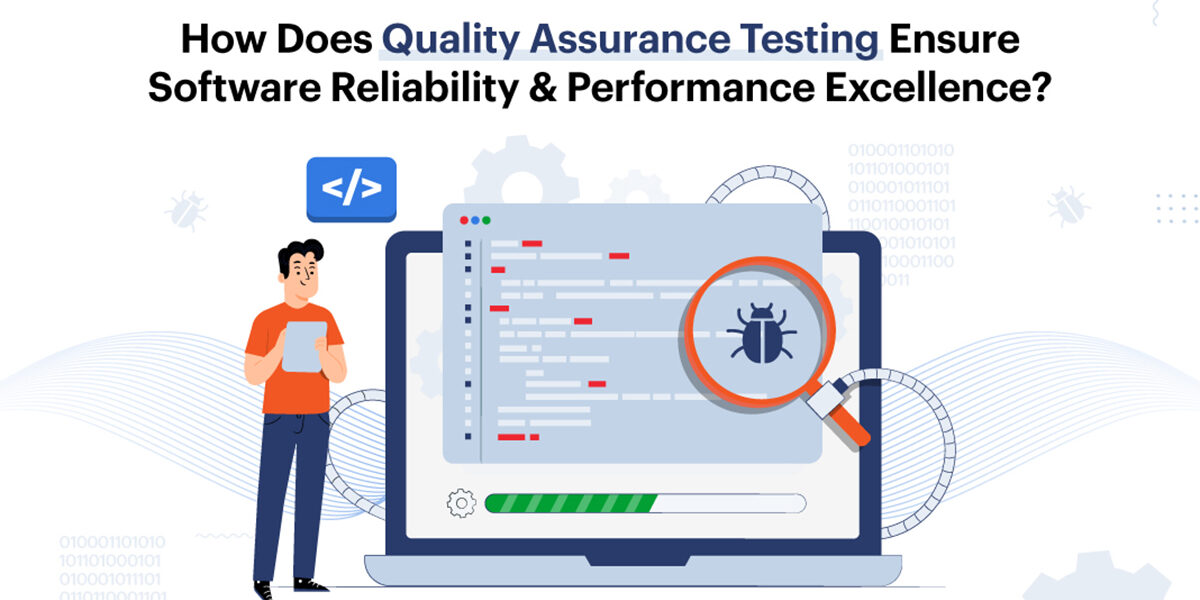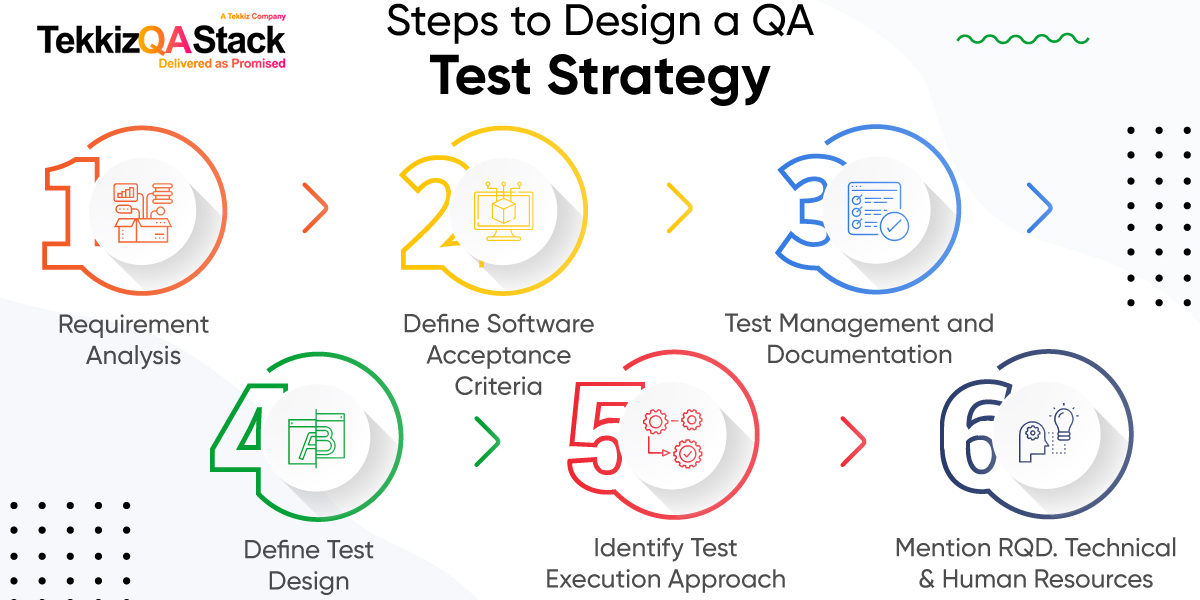Automated Testing vs. Manual Testing
For the field of programming testing, automated testing vs. manual testing has become a hot discussion. As of late, automated testing has gotten increasingly more sought after. Actually, a brisk inquiry of QA occupations on locales like Indeed, LinkedIn, and so on will show that most of these employments currently require mechanization involvement in a language like Java, Python, and so forth.
This can demonstrate overwhelming for analyzers with a foundation in manual testing, who normally leave the coding to engineers. It can likewise be confounding to managers. Numerous chiefs aren’t sure what amount mechanized testing they need, and whether it can supplant manual testing totally.
A few organizations utilize 100% manual testing for an incredible achievement. Others have endeavored to do 100% computerization, and needed to reconsider their technique — so the truth isn’t generally as high contrast as it might show up.
The perfect blend is having both manual and mechanized testing. The measure of each relies upon your careful item/administration and what your organization’s Agile QA process resembles. For instance, in case you’re continually including new highlights, you’ll need exceptionally thorough manual analyzers. Obviously, in a perfect world you’ll likewise have robotized relapse tests set up, to ensure that the new highlights being presented aren’t breaking old highlights.
What’s the Difference Between Automated and Manual Testing?
Alright, so you realize that an organization ought to have both manual and computerized analyzers. Be that as it may, what precisely is the distinction other than an ambiguous reference to “composing code”? How about we separate it with a couple of straightforward models.
Manual Testing includes, well, physically testing the versatile application or site. For instance, on the off chance that you needed to test whether a login highlight in an iOS application was working, you may get your iPhone, tap the pertinent application, select the Login button, type an email address, and secret key utilizing the console, and tap to continue. At that point you would see whether it signed ineffectively.
Automated Testing involves composing code to make test contents that could naturally do the above activities for you and give you a report of any bug — contents that you could run with the snap of a catch. (Or on the other hand, if utilizing constant combination, at whatever point there’s another form or at a specific time.)
For the most part, to do mechanized testing, you have to make them program aptitudes — for instance, information on Java (which will empower you to compose the test content code).
Is Manual Testing Dead?
In a word, no — or possibly, it shouldn’t be. Manual testing and client experience counseling should in any case have a colossal influence in any QA group.
It’s extraordinary that more individuals are learning robotized testing — most importantly, in light of the fact that it gives additional soundness to the QA procedure. It can consequently caution the group of unexpected bugs, and spare a huge amount of time (and repetition work!) with relapse testing. There’s no uncertainty that it’s inconceivably valuable to have a strong robotization system set up. Be that as it may, both QA analyzers and managers ought to be urged to not desert the significance of manual testing, for a few reasons.
Great QA ought to be about proactively improving the item or administration — not exclusively announcing clear bugs. Manual testing has the ability to go past essential “is this a bug or not” conduct testing. The intensity of having QA effectively distinguishing zones of progress and upholding for better client experience can’t be downplayed. It might seem like an extravagance when subsidizing is tight, yet have confidence that it can have an immense effect on an organization’s primary concern.
Especially in the success quick or-bomb universe of new businesses, client experience should be on point — and mechanized testing alone can’t cover this. By driving manual analyzers to become robotized analyzers, organizations are neglecting a goldmine of ability and imagination.






